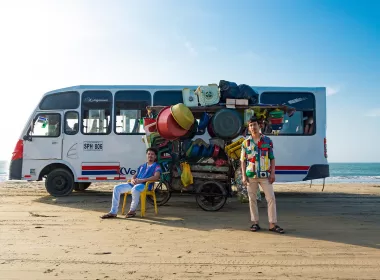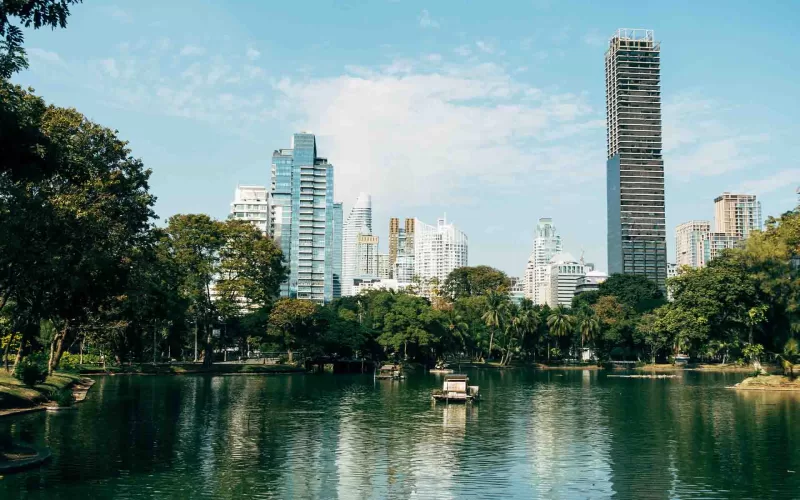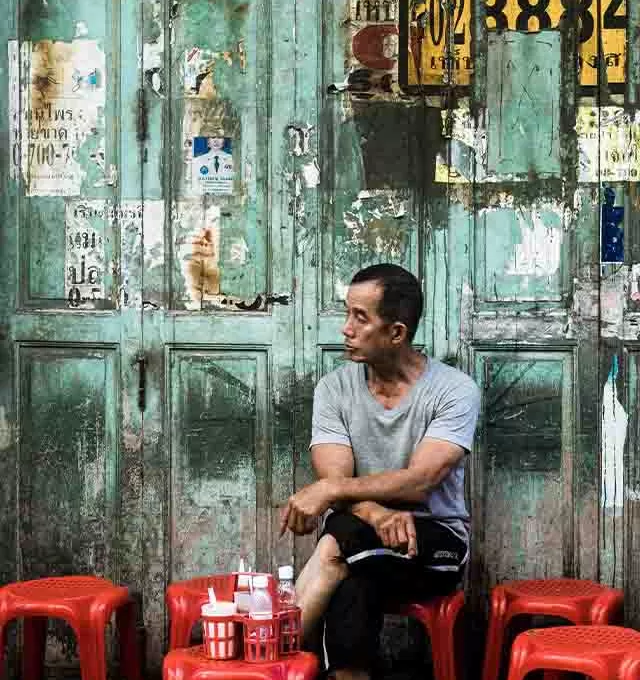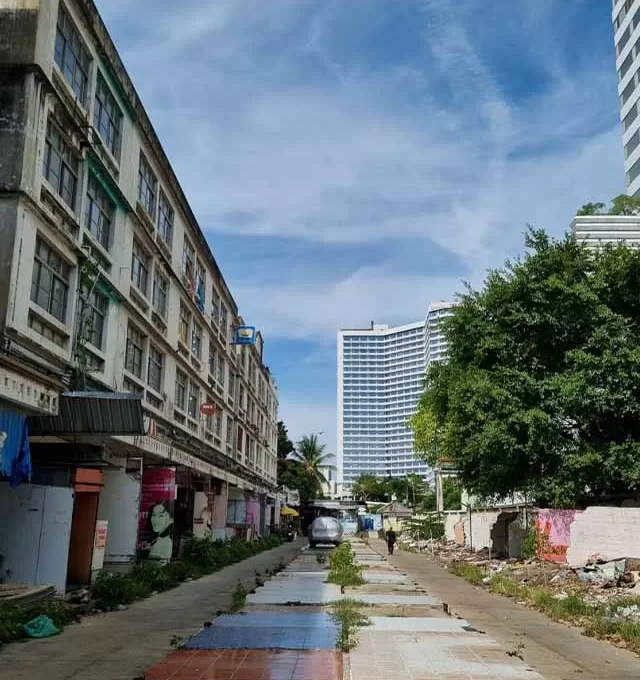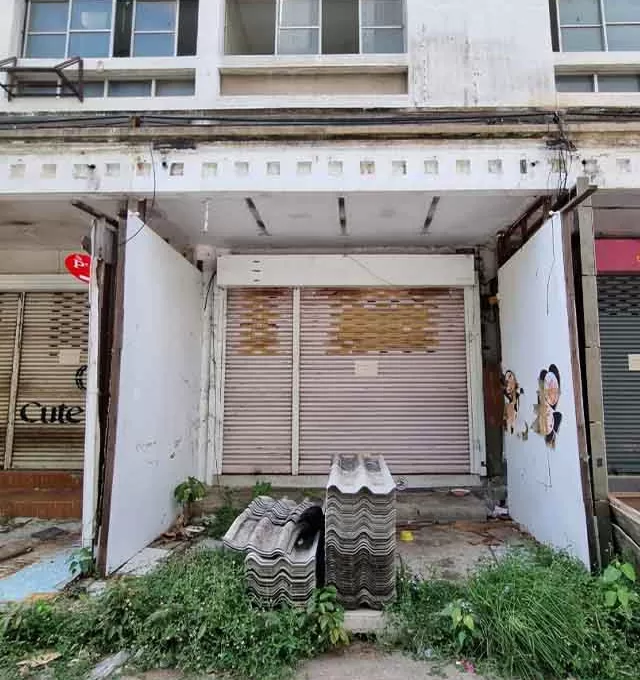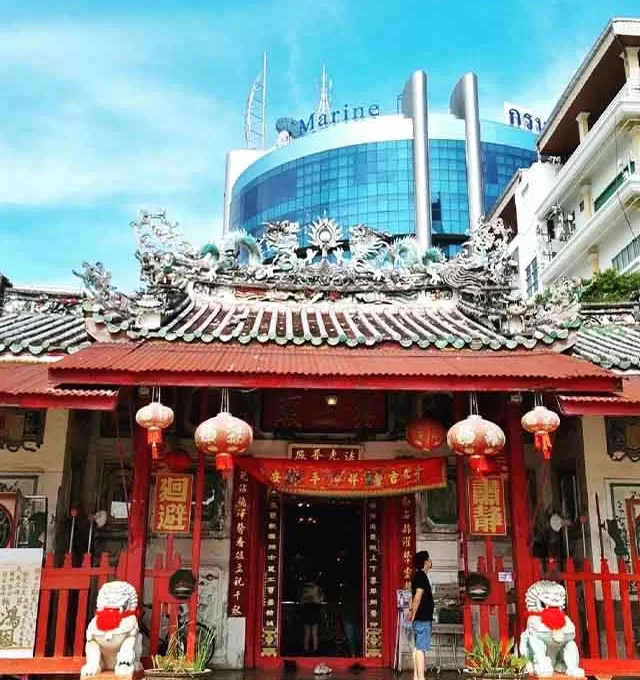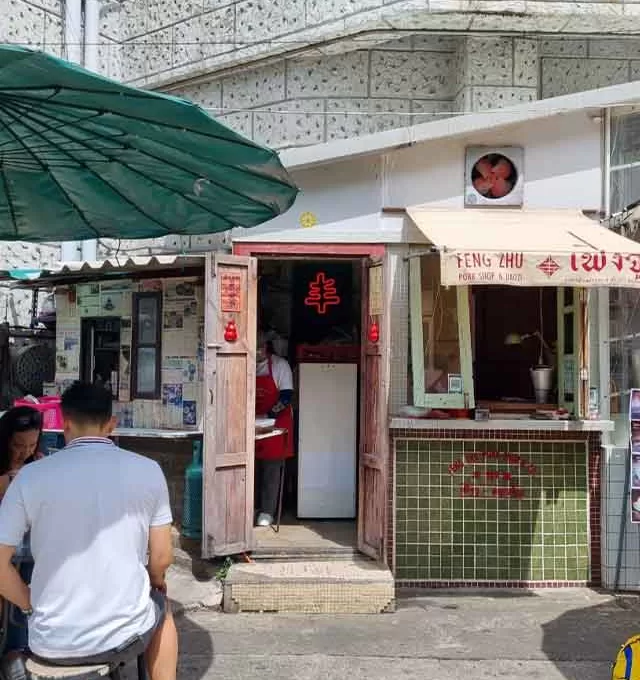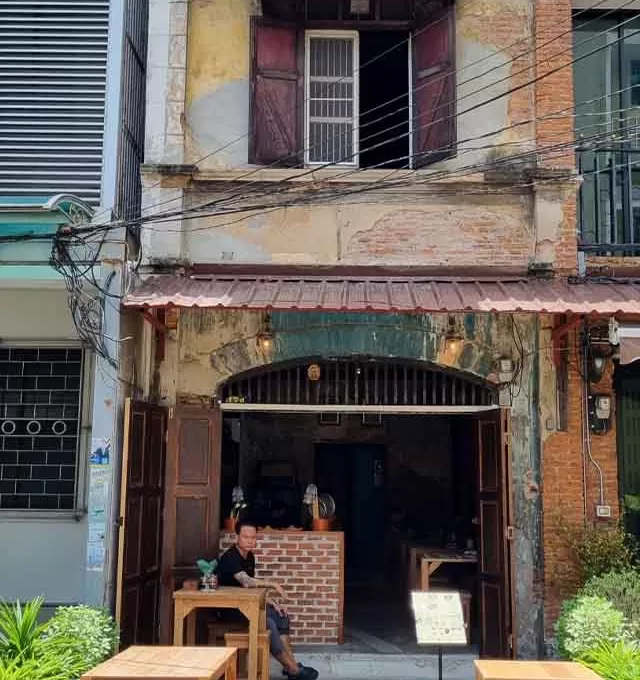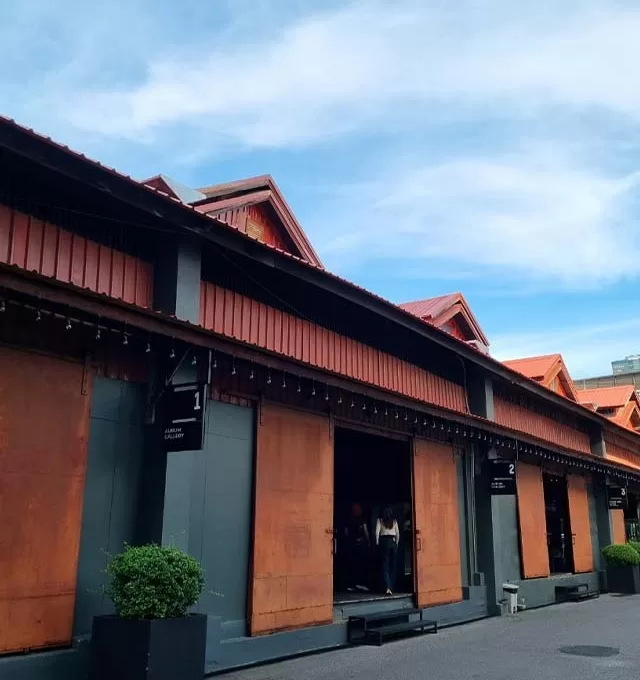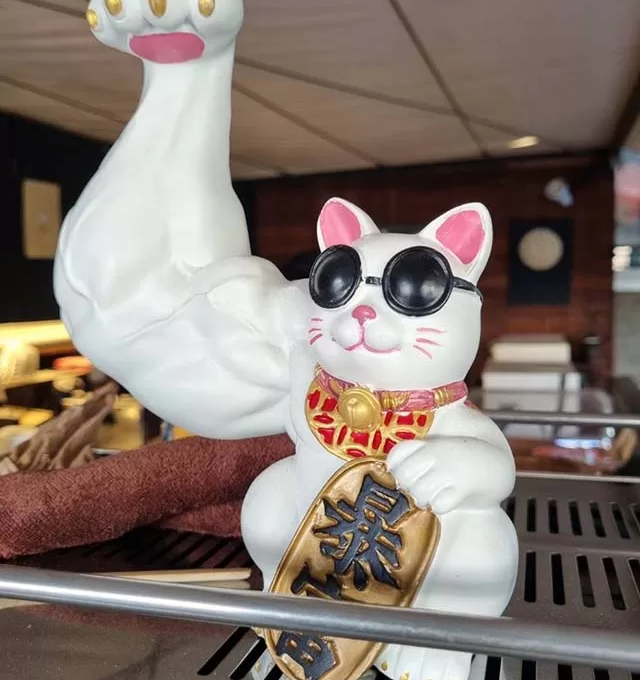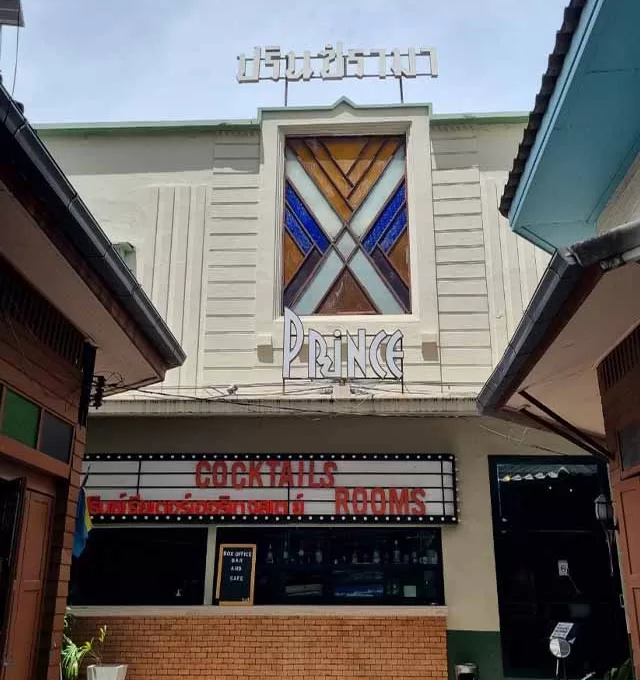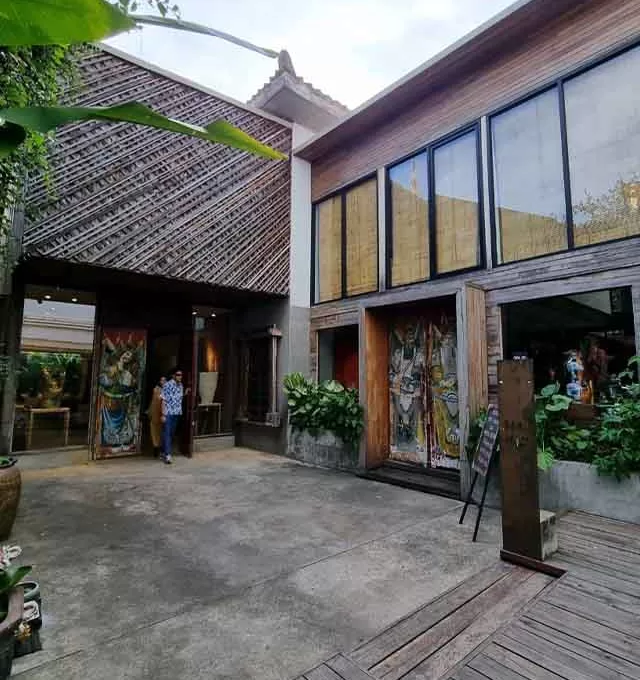David Robinson, an Australian entrepreneur, arrived in bustling Bangkok with a bold vision. He quickly partnered with local architect Duangrit Bunnagand, and together, they saw immense potential in the city’s vibrant culture. Collaborating closely with the Thailand Creative & Design Center (TCDC), they engaged local artists, entrepreneurs, community members, and businesses. Their combined efforts transformed a part of the city into the Creative District, a thriving hub of art, business, and community. David’s arrival marked the beginning of a new era of creativity and innovation in Thailand.
Bangkok Creative District started as a community initiative, bringing together people who’ve lived and worked in the Bangrak area for generations. It’s about reimagining one of the city’s most diverse and lively neighborhoods.
In this vibrant district on the south side of the Chao Phraya River, Chinese, Christian, Muslim, and Thai communities live together peacefully, with their unique cultural backgrounds, customs, and traditions.
Taksin Bridge connects Charoenkrung and Charoen Nakhon Road, the heart of Bangkok Creative District. It’s a mix of past and present, where traditional food shops sit alongside hipster coffee joints. The Duck Noodle House, a local institution for over 40 years, still serves steamy noodle dishes. Its owner chops away while chatting with regulars, with walls adorned with photos of reviews and celebrity customers.
The aim is to prevent gentrification and revitalize the area by working together with the local community and respecting its history. This includes working with the State Property Bureau and the Treasury Department to repurpose old buildings rather than demolishing them.
Artists, designers, makers, and entrepreneurs have opened places like The Jam Factory and ATT 19 gallery, a building that combines recycled wood and elements of a Chinese temple with bare concrete and glass panels. Inside, Asian antiques blend with Bauhaus-inspired chairs.The owners of the antique shop Lek’s Gallery saw potential in the old structure. Rather than demolishing it to make way for a high-rise, they chose to preserve its heritage and repurpose it. Innovation doesn’t always mean creating something entirely new; sometimes, it’s about reusing, repurposing, and recontextualizing existing elements.
Other buildings along Charoenkrung Road have got a new lease on life. The Grand Postal Office Building, a heritage site built in 1940, now hosts the Thailand Creative and Design Center (TCDC). Nearby, an old warehouse that once stored rice and equipment is now Warehouse 30, buzzing with shops, cafés, restaurants, and galleries.
With very little public support comes also a political disengagement, where these communities don’t call out or shame the government and avoid getting involved in political discussions. It’s not about who shouts the loudest or owns the most land here. Yet, all the above groundbreaking platforms are succeeding at their own pace. Development feels more organic, trying not to leave anyone behind.
Hidden among the sois, Prince Rama Theatre is surrounded by shophouses still inhabited by residents. Its beautiful art deco signage is a rare sight in Bangkok. Once a high-rolling casino, and later a venue for risqué films, today it’s a vibrant hostel integrated into local life. The residents have fascinating stories to tell about its past.
In a community that is strangely apolitical and moderate, some conversations still happen. Sometimes it’s spontaneous, when international street artists Alex Face, Kul’t, and Bonus TMC come to the city to adorn the walls of Charoenkrung. Other times, it’s a larger conversation about repurposing iconic buildings like Hua Lamphong station, which halted its operation after 105 years.
For such big projects, the city has been experimenting with Co-Creation exercises that use Design Thinking methodology, exploring problems and solutions that address community needs through creative activities conducted with local residents.
Bangkok Creative District isn’t just a win for the neighborhood; it’s a win for the whole city. But shaping lively areas like this involves more than just people and ideas. It needs spaces to come together to co-create and co-exist in what eventually becomes a city.
Despite a lack of assets and support from the government, a conscious creative community is growing. Its people work together to build momentum and critical mass to ensure everyone benefits, both socially and economically.





